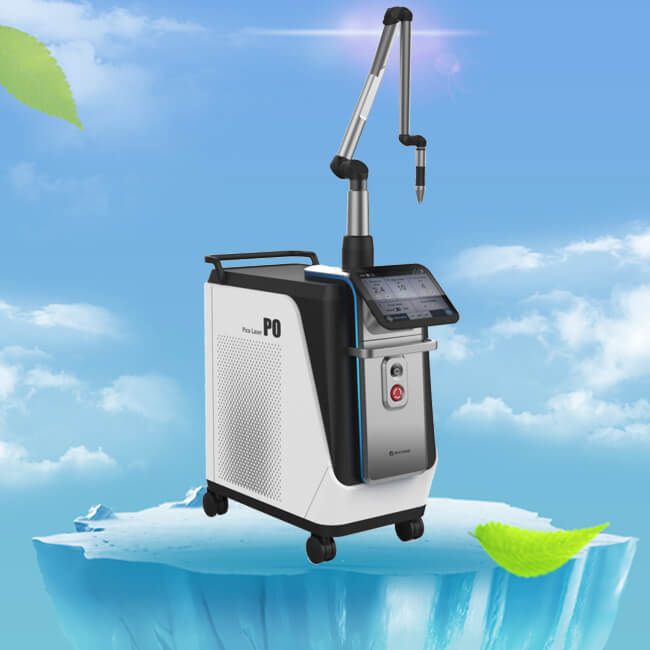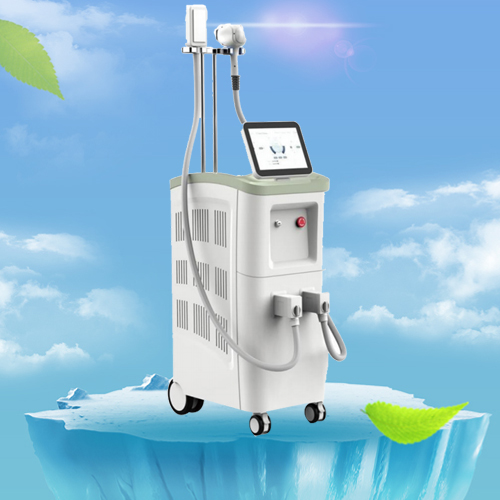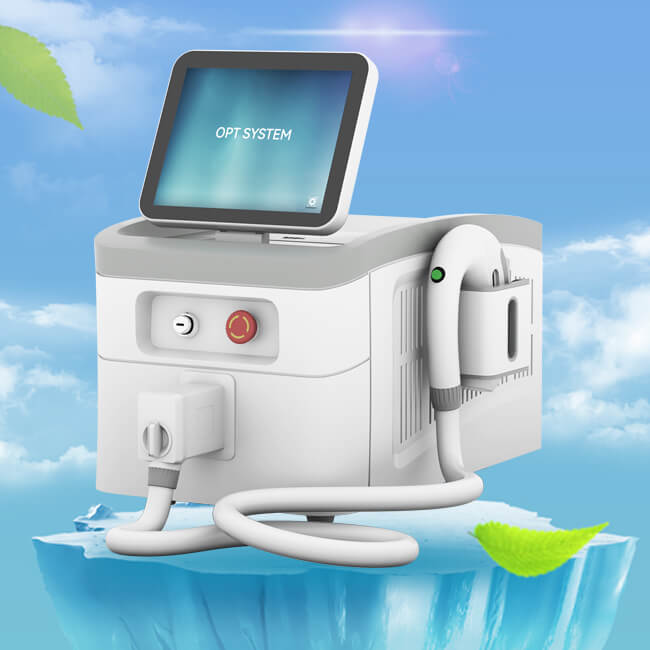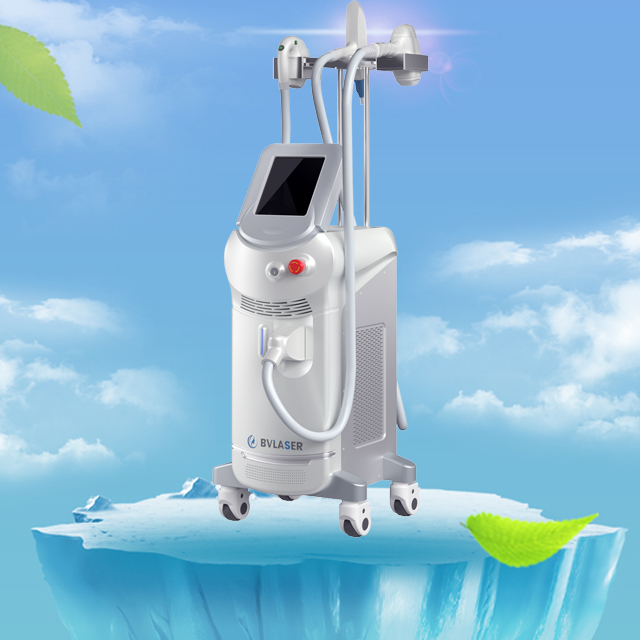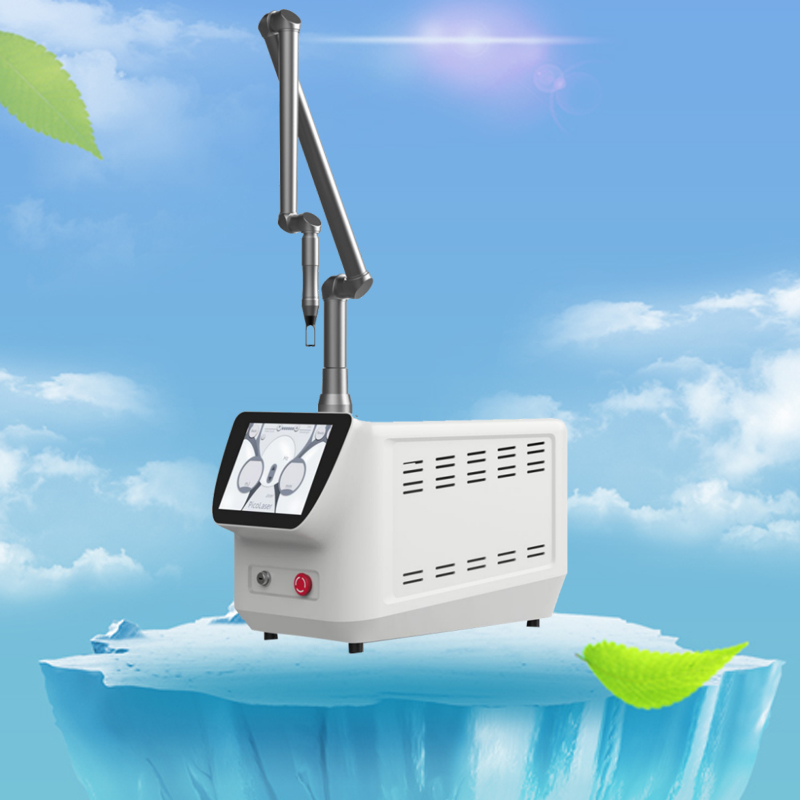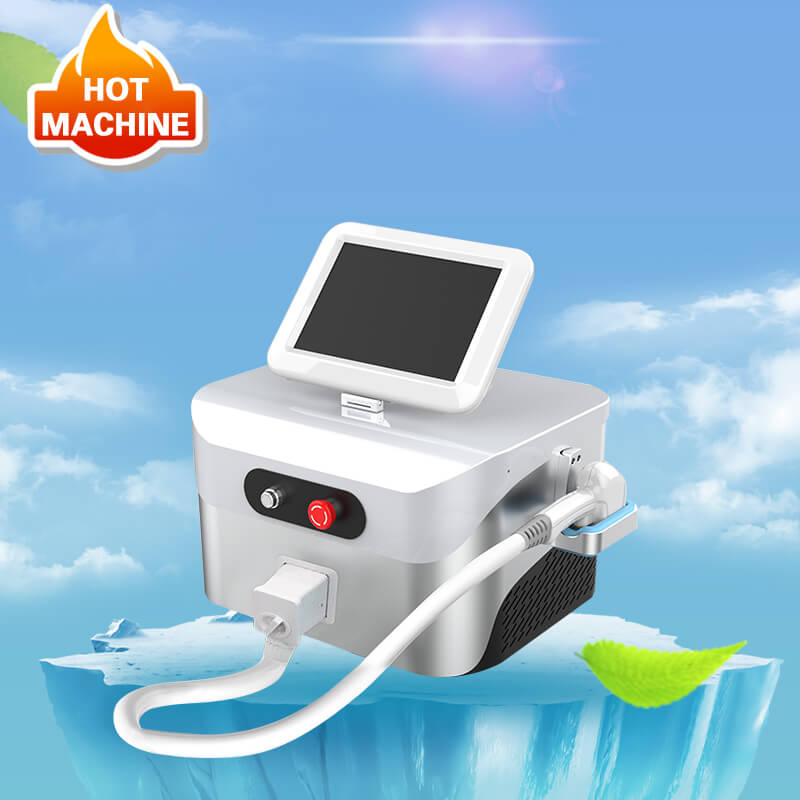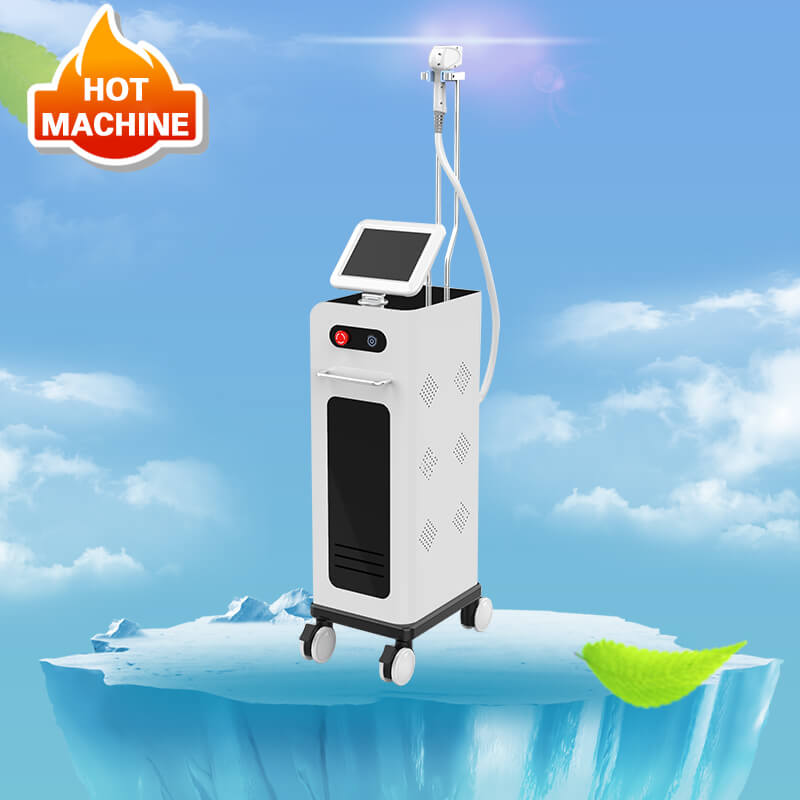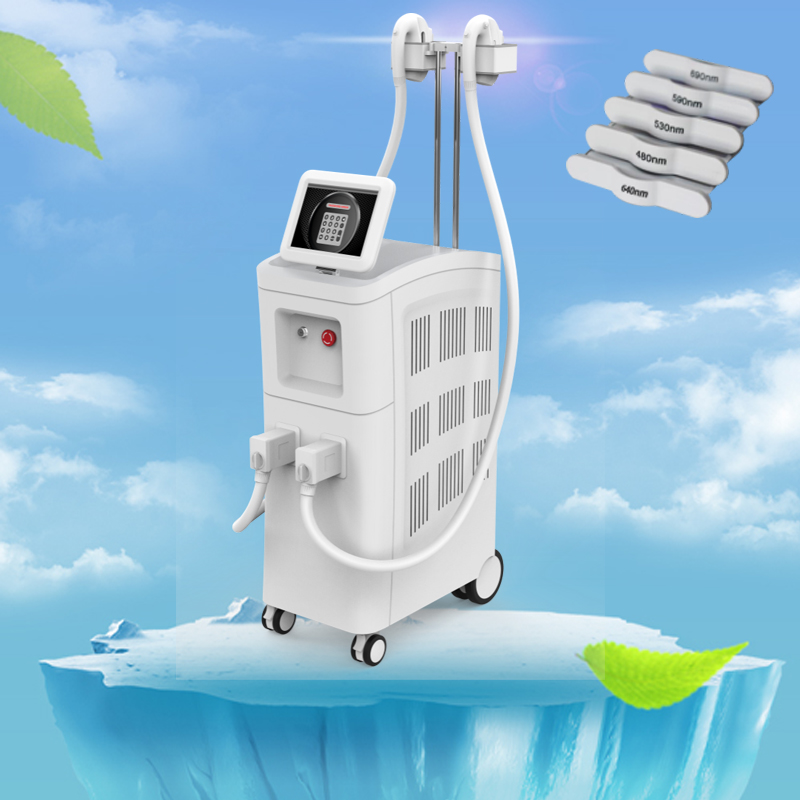CO2 fractional laser for wrinkle removal
Author:baishilf Time:2024-03-08 15:43:25
The portable CO2 fractional laser machine is a popular treatment for wrinkle removal. It works by using targeted beams of light to remove the superficial layer of skin, which stimulates the growth of new collagen fibers. As a result, the skin appears firmer and smoother after healing. Bestview Laser is a CO2 laser beauty machine supplier, we have CO2 laser skin resurfacing machine for sale.

How long does it take to recover after CO2 fractional laser wrinkle removal?
The recovery time after CO2 fractional laser treatment for wrinkle removal generally takes about 1 to 2 weeks. During this period, patients may experience redness, swelling, and skin sensitivity as the new layer of skin heals. Here’s a brief recovery timeline:
1. First Few Days: Redness and swelling are common; ice packs can help reduce these effects.
2. 5 to 7 Days: The skin may feel raw and start to peel.
3. After Peeling: The new skin may appear slightly pink but will continue to heal and improve in texture.
4. 6 to 8 Weeks: Most of the healing is complete, and improvements in skin appearance become noticeable.
It’s important to follow the post-treatment care instructions provided by your healthcare provider to ensure proper healing and to minimize the risk of complications.

What are the risks and side effects of CO2 fractional laser?
The CO2 fractional laser treatment is generally safe when performed by a qualified professional, but like any medical procedure, it does come with potential risks and side effects. Here are some of the most common ones:
1.Milia: Small white bumps or cysts may appear in the treated areas during healing.
2.Acne Flares: The treatment may cause temporary acne outbreaks.
3.Pigmentation Changes: There can be hyperpigmentation (darkening of the skin) or, more rarely, hypopigmentation (lightening of the skin) in the treated areas.
4.Herpes Simplex Reactivation: If you have a history of herpes or cold sores, the treatment could trigger a flare-up, especially around the mouth.
5.Swelling and Bruising: These are common side effects, especially in the immediate period following the procedure.
6.Infections: There’s a risk of bacterial, viral, or fungal infections post-treatment.
7.Scarring: Although rare, there is a possibility of scarring.
8.Erythema: Patchy redness of the skin can occur, which usually resolves over time.
It’s important to discuss these risks with your healthcare provider to understand how they apply to your individual case and what steps can be taken to minimize them. Pre- and post-treatment care is crucial to reduce the likelihood of side effects and complications.
Can I use any skincare products after CO2 fractional laser treatment?
After a CO2 fractional laser treatment, it’s crucial to use the right skincare products to aid in healing and protect your sensitive skin. Here are some general guidelines:
1.Immediately After Treatment: Use an ice pack to reduce swelling and apply petroleum jelly (Vaseline) or an antibacterial cream like mupirocin (Bactroban) as instructed by your healthcare provider.
2.First 2-3 Days: Continue using ice packs and keep the area covered with the ointment and bandage provided by your nurse.
3.Cleaning: Gently wash the treated area with diluted white vinegar and water, alternating with regular soap and water. Avoid using well or groundwater directly on the treated site.
4.Moisturizing: Keep your skin moisturized with an occlusive ointment such as Aquaphor or Vaseline.
5.Avoid Certain Products: Do not apply any ointment, including over-the-counter or natural products, unless directed by your provider, as these may impede the healing process.
6.For pain or discomfort, you may take acetaminophen (Tylenol) or NSAIDs (such as Motrin or Advil) as recommended by your healthcare provider.
Once the initial healing phase is over, your doctor may suggest products with specific ingredients like vitamin C, b5 hydrator, silicone-based scar gels with growth factors, and enzymatic washes with papaya enzyme. Sun protection is essential, so make sure to apply sunscreen consistently. Always follow up with your healthcare provider for personalized aftercare instructions.





